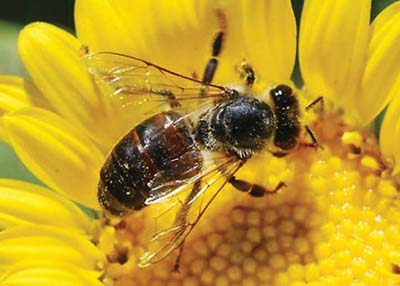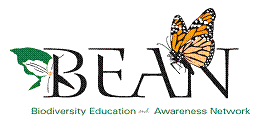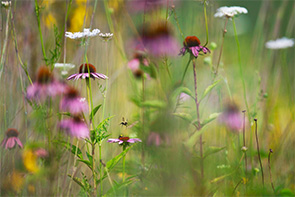Roadsides: Planting
for Pollinators

Roadsides is a program that encourages you to create habitat for native bees and other pollinators along roadsides, on cloverleafs, on unused urban land and in your garden. The little habitats created by volunteers like you are called Pollinator Patches.
Photo: R. Colville
Our native bees need our help.
Pollinators are in trouble -- not only the European Honey bees but our native bees as well. Their troubles begin with pests and diseases, continue with habitat loss and are finally topped by our use of pesticides such as Neonicotinoids.
You and I can improve the situation by creating pollinator patches in our communities.
Download the guide to creating a Pollinator Patch
And for goodness sakes, rethink your lawn.
An interesting site from National Geographic that gives you 9 ways to help bees. Click on the picture below to go to the site.
Ta Da....
a great TED talk about bees by Marla Spivack
a very good video about the Plight of Bees-- A TED_Talk
Also see a video of native bees in a school ground. The children have named them "Tickle Bees."


